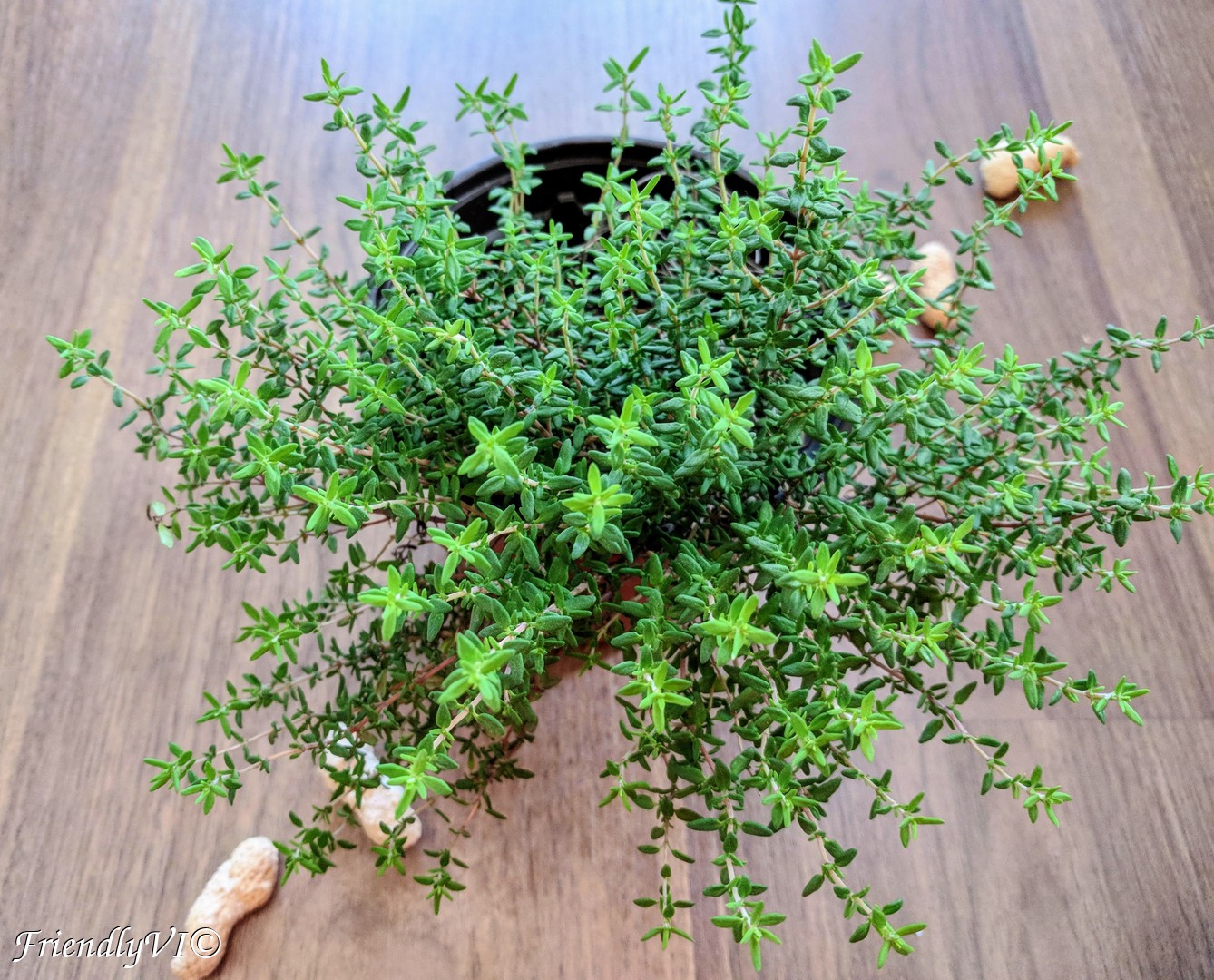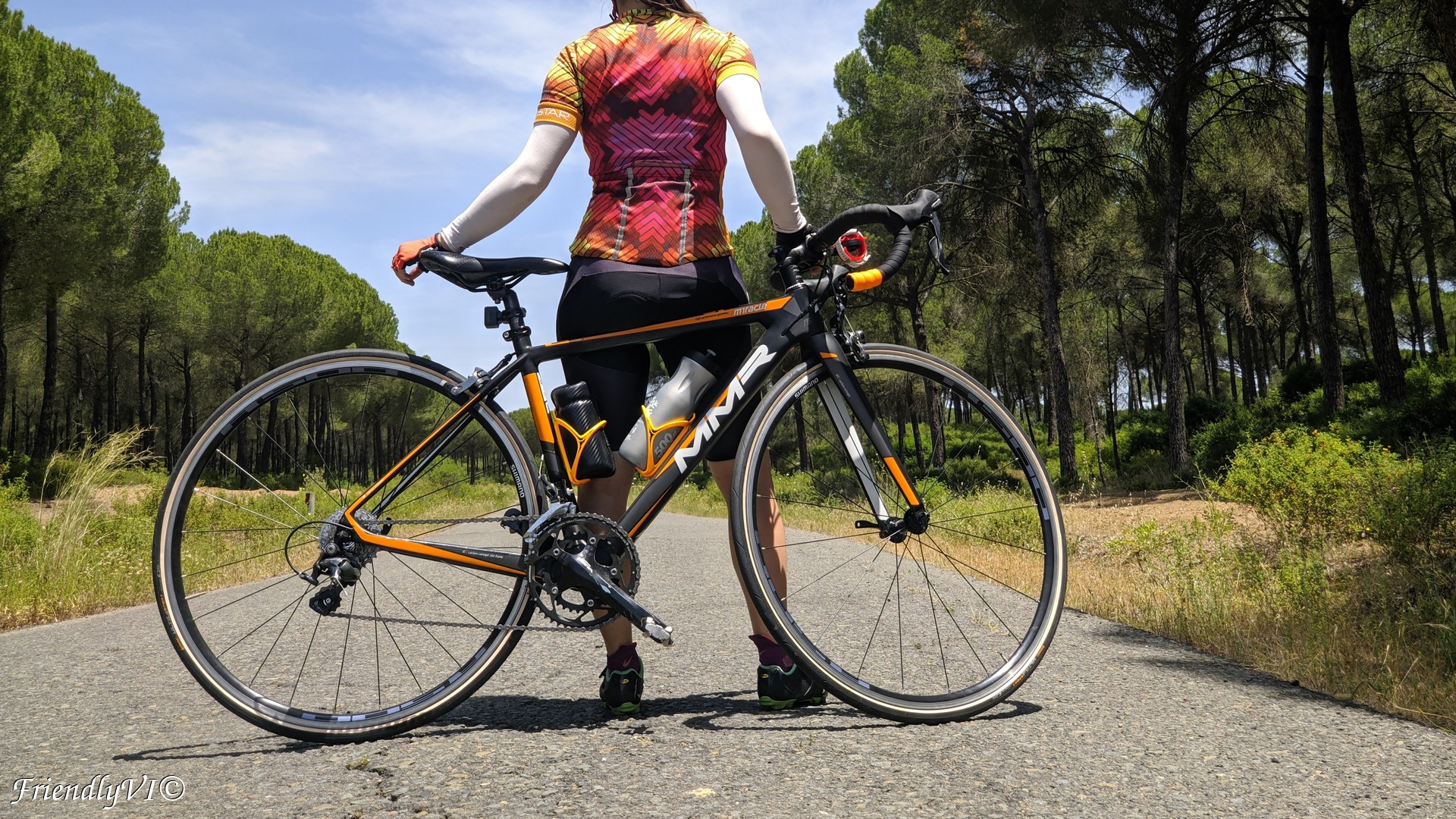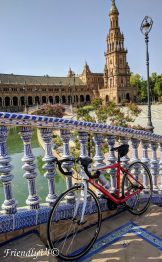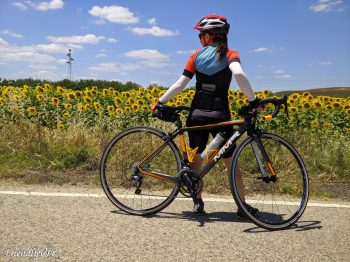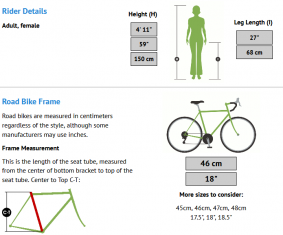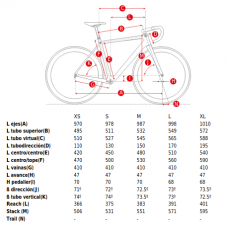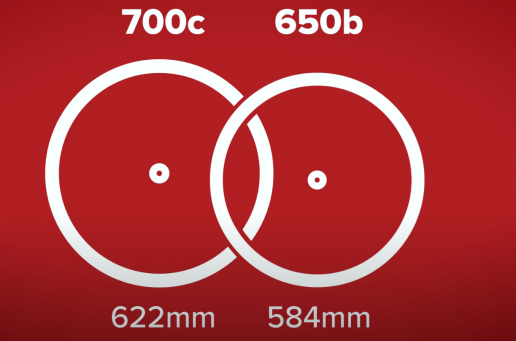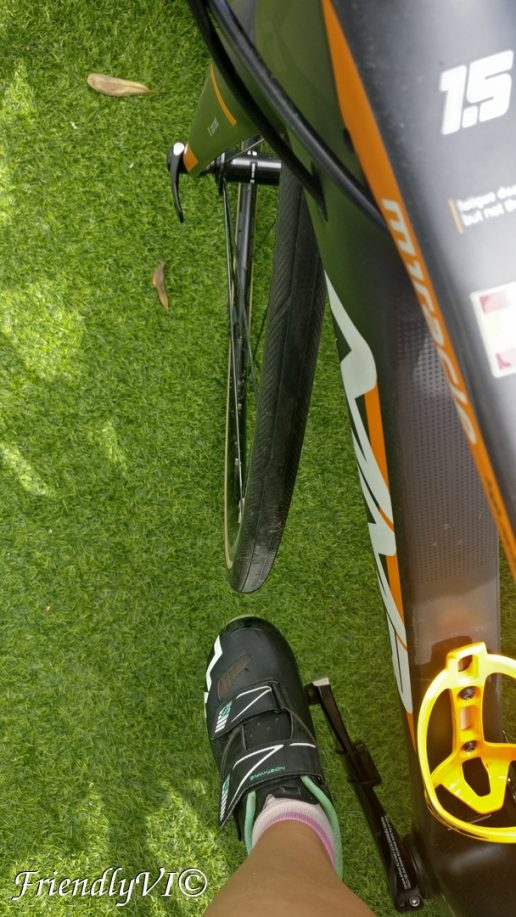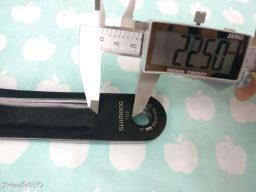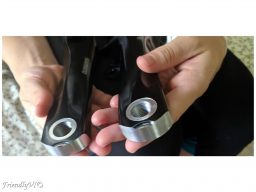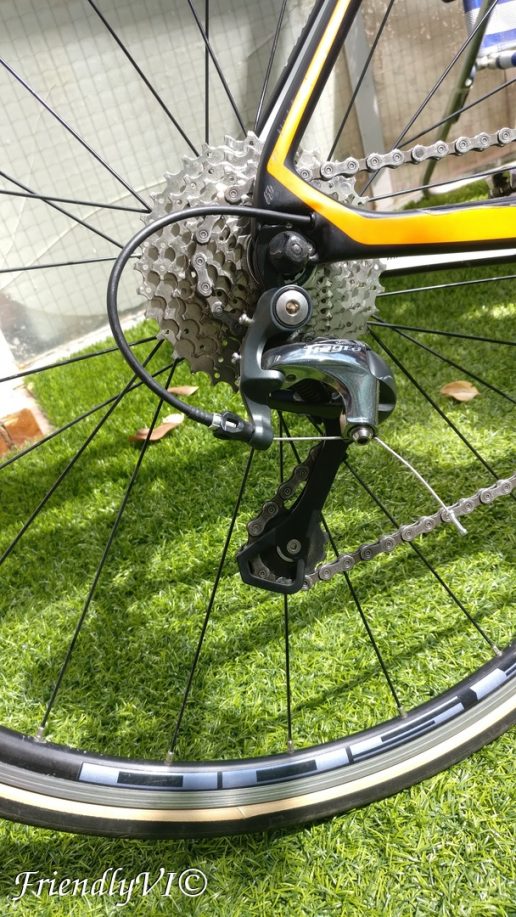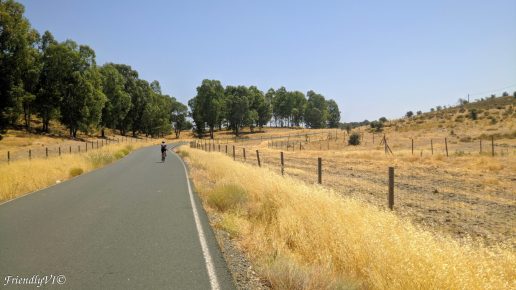Being a petite person as an adult can be quite endearing and cute. But not when you are one :D. There are quite a few roadblocks in starting most specialized sports, the reason being that kid size equipment is simply not made for more advanced level, just basics. Or it is, but you need to pay way too much.
I had this issue with finding appropriate climbing shoes, dancing shoes, hiking shoes… But nothing was as difficult as finding as to fit a road bike for small women.
The worst for me is that, even though everybody in the industry knows how important is to have everything fit to your body, they still sell a new women bike with huge handlebars. It is like you start driving a tractor. Also the cranks are usually huge and the smallest you can get with a new bike is 165 mm if you are lucky.
Here is my journey on how I fit a road bike for small women on low budget*. Important key factors where you can make the bike fit is:
- frame size
- wheel size
- crank length or ensure high cadence
- narrow handlebar or shorter stem
- backwards inclined seat-post
I started road cycling with a Decathlon bike for kids with an aluminum frame. Since it was so heavy, I really wanted to change it to a lighter bike, ideally carbon fiber and I managed.
*low budget is relative – nowadays a carbon bike starts somewhere at 1500 euros. Not even including the saddle you want, the shoes, helmet, clothes and many other components.
How to find a small frame?
This is really the most difficult part, since it all starts from the frame. Luckily, there are many brands out there manufacturing XXS or XS bikes for heights starting from 147 cm tall. But the downside is that it is really expensive to buy a new bike.
The best trick for it is to buy a second hand bike from a kid. There are kids already racing and the good news is that they keep growing, so the parents will need to soon buy them a new one. So keep an eye on your local second hand engines in the region (in Spain it is Milanuncios and Wallapop). The other good trick is to know where people usually train in your region, in a remote road, safe from cars. That means that the parents might go there with the kids and you can ask them directly if they will sell the bike (at least this was my case). I am 150 cm tall and the online bike frame calculators say I need a 46 cm frame. The question is what is 46 cm – you will need to be careful here: the bike calculators might measure the seat tube differently than the manufacturers. The calculator measured it from the center of the bottom bracket to the top of the seat tube and my bike’s manufacturer MMR measures it from center to center:
Wheel size
Another very important aspect to take into consideration is, not only the size of the frame, but also the size of the wheels you can fit on your bike:
I used to have on my Decathlon road bike for kids a 650c wheels and that makes the bike sit a lot lower. The disadvantage is that your options for finding tires are very limited, especially if you want to have a wider tire for better comfort. 23 mm is the most common one for 650c wheels and the thinnest, therefore the bumpiest.
On my current bike I have a 700c and the bike does sit higher, therefore the frame is leaves very little space in between my legs when standing. However the rolling is way better with bigger wheels and also having wider tires like 25 mm is so much more comfortable to ride with. One important observation, though: I feel like that this bigger wheel makes it a lot more difficult to control my bike in crosswinds. But that might be also because the very big difference in weight between my two bikes: 10.2 kg Btwin vs. 8.7 kg MMR.
It is difficult to find the fine balance on what to compromise. I would like my bike so sit lower to allow me more space, but on the other hand I love how fast it rolls and having wider tires. So it really depends on what you prefer, for me the time spent on the bike wins in comparison with the time spent standing on my bike.
Also, you might not even have the possibility to change the wheel size, depending on what brake type you have. If you have rim brakes like me, only disk brakes allow you to play around with the size of the wheel.
Toe-overlap might be another issue with bigger wheels, however, if you are as small as me, hopefully your small feet will not pose any issues with that ;).
Are there cranks smaller than 165 mm?
Short answer: yes. The sad part is that they are ridiculously expensive, which is really weird, since there is surely a market that could use smaller cranks: Rotor has 150 mm cranks starting from 464 euros.
In order to know what is the crank size you need, you need to use one of the formulas below, as explained in this GCN video:
- 9.5% of height
- leg length x 1.25 + 65 – I decided to go with this one
Since there is absolutely nothing out there smaller than 165 mm for press fit bottom brackets and nothing cheaper than 464 euros, the only solution I came up with was to cut some bigger cranks.
Not myself and not any single machinist in Spain can do this… Seems like the threading size and direction are really not common for normal machinists, so I went for one that specializes exactly in shortening cranks: HighPath Engineering in UK.
I can’t recommend them enough: they shortened a normal Shimano crank (not hollow tech) from 172.5 cm to my ideal 150 mm length, a beautiful work and it was just 75.6 pounds. I paid in total 127 euros, including the price in pounds above and the shipping there and back from Spain. But if you want a reliable and elegant job for crank shortening and are in Europe, HighPath Engineering is the solution I found:
What can save your knees if you don’t have fitting cranks?
If you can’t afford the Rotor cranks or do not have a similar machinist as above on your continent, there is still hope. I have to admit that shortening my cranks was a long process (2 months), but also because I did it during a pandemic. What I did in the meantime to save my knees from damage was having a high cadence (>75-80 rpm). How to get high cadence?
- Use the smallest crank you can find on the market – my bike came with 170 mm, but you can buy second hand 165 mm cranks for 50 euros.
- Use a big cassette in the back that allows you high cadence even on steep hills. Here is a great calculator for checking your cadence based on your bike settings: https://www.bikecalc.com/speed_at_cadence
- Usually bikes come with a small cage derailleur, so in order to fit a big cassette you will most probably need to change to a bigger cage derailleur (medium at least). I have a medium cage derrailleur Shimano Tiagra RD4700 (GS) with a big cassette Shimano Tiagra 4700 11-34, 10 speed, which allows me high enough cadence even on 10% steep hills.
How to buy a small handlebar on budget?
The other very important point of contact you will need to have it fitted on your bike is the handlebar. Unfortunately, again, new bikes come with a default of a 38 cm handlebar, which is pretty much the standard. Whereas, if you are a small women, you will certainly need a 36 cm bar for an XXS or XS bike.
The budget version I found for a compact, small and relatively light bar is the PRO PLT Compact, 36 cm, 255 grams. It has a small reach of 75 mm and a drop of 128 mm. Its benefit is not only that it helps with shoulder pain. But also helps you reach the breaks better, due to the fact that it is a compact bar with a smaller reach.
Here is a video from GCN on how to choose the right handlebar for more info.
Backwards inclined seat-post
Last, but not least, a backwards inclined seat-post might be very useful for small riders to allow you more mobility for finding the best position for your saddle. Here is a great video on how to fit a road bike for small women by Emma Pooley.
So these are just a few tips on how to fit a road bike for small women that might give you some ideas. It is a tough, but rewarding process.
If you also have some fears to start this sport as I did, I hope sharing mines will help you a bit. Read my post on why are women afraid of road biking.
Enjoy riding!
